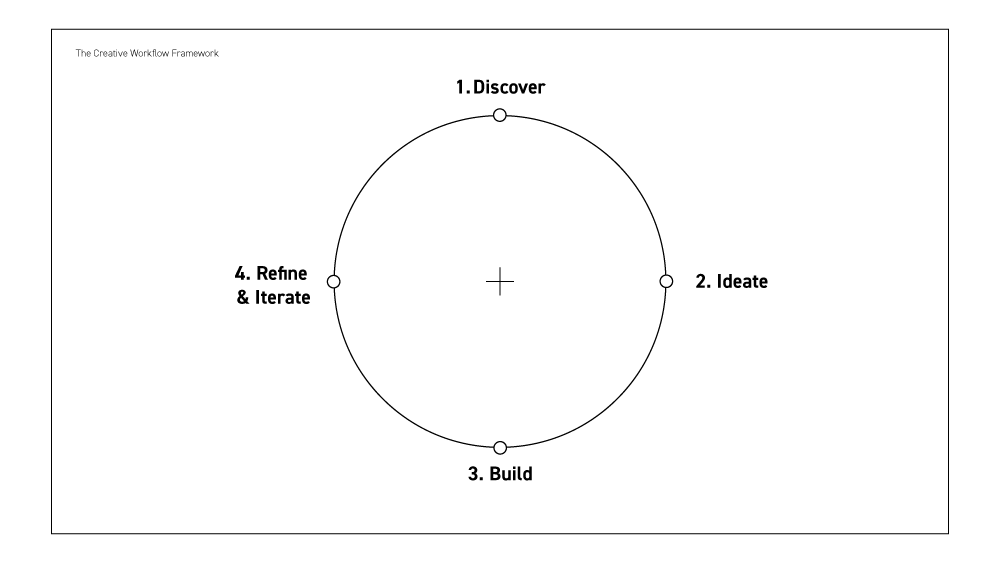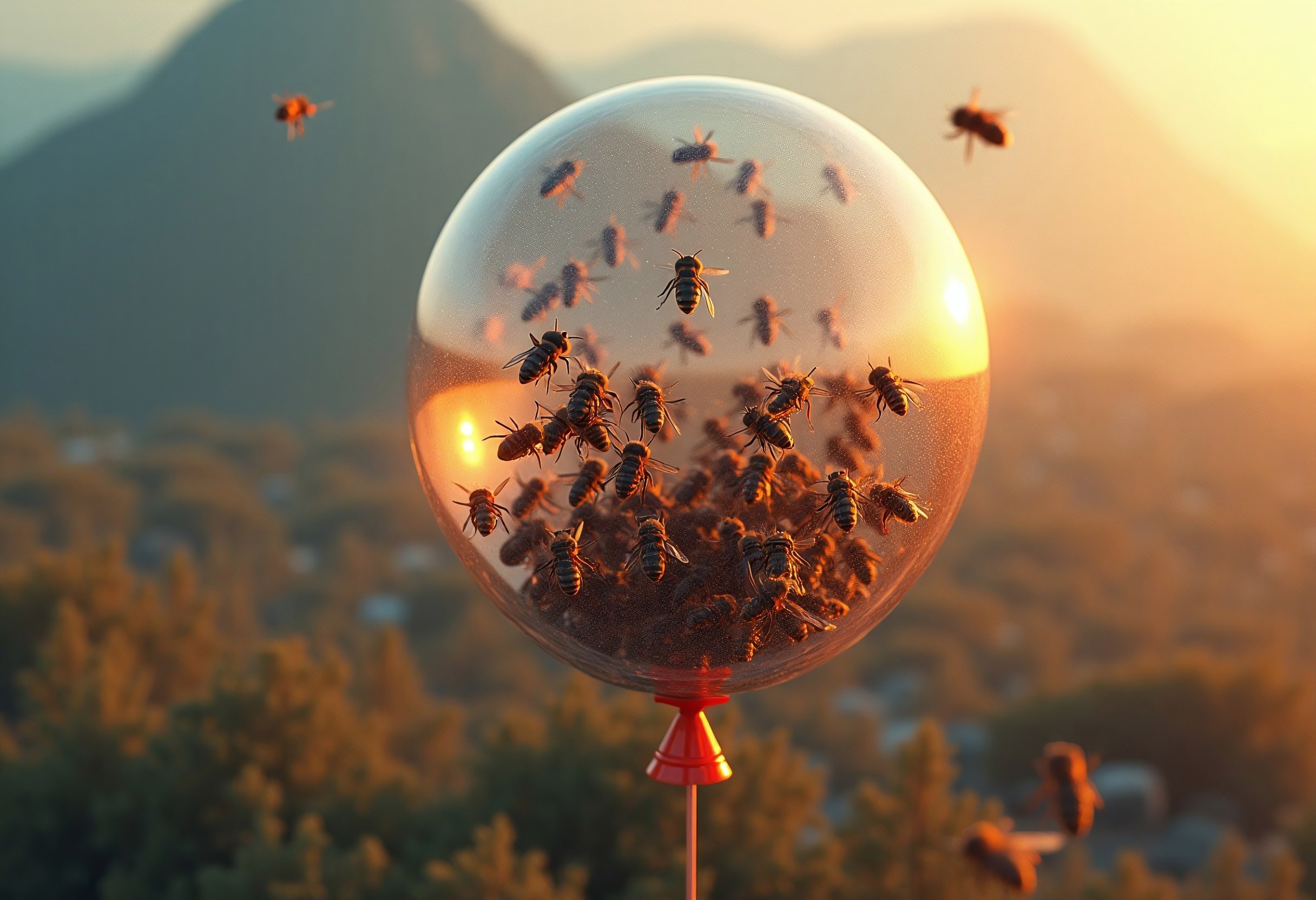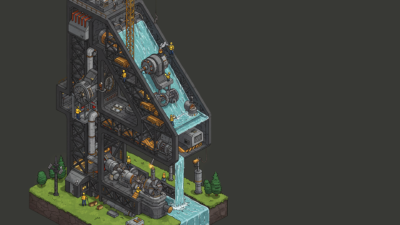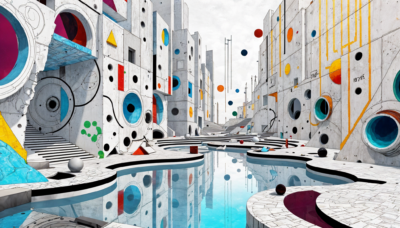Creativity thrives on freedom, exploration, and inspiration. Process ensures structure, efficiency, and consistency. Too much process can stifle creativity, while too much creative freedom can lead to chaos and missed deadlines.
For creative leaders, success lies in building a process that supports—not restricts—creativity. The best workflows don’t force teams into rigid steps; they provide a framework that allows creative ideas to flourish while ensuring efficient execution.
A structured creative process, like the Discover → Ideate → Build → Refine & Iterate model, offers the best of both worlds: room for experimentation with a clear path to execution.
The Role of Process in Enhancing Creativity
Creativity often feels spontaneous, but even the most groundbreaking ideas need structure to come to life. Without process, projects risk delays, inefficiencies, and misalignment with business objectives.
The Discover → Ideate → Build → Refine & Iterate process provides a structured yet flexible approach, ensuring that creativity is guided, not restricted.

Step 1: Discover – Laying the Foundation for Creativity
Great creativity starts with great strategy. The Discover phase is where you define the who, what, and why of the project.
What Happens in This Phase:
- Develop a comprehensive brief with project goals, audience insights, brand positioning, and deliverables.
- Align stakeholders on expectations and objectives.
- Research trends, competitors, and industry insights to fuel the creative process.
Why It Matters:
A strong brief creates focus, ensuring that creativity is purposeful and aligned with business goals. Without this phase, teams risk misalignment and constant rework.
Step 2: Ideate – Exploring Creative Possibilities
This is where creativity flourishes. The Ideate phase encourages exploration, allowing teams to push boundaries before settling on a final direction.
What Happens in This Phase:
- Brainstorm and explore creative directions.
- Develop mood boards, storyboards, or wireframes to visualize concepts.
- Gather early feedback before moving into execution.
Why It Matters:
By allowing for broad exploration before execution, teams avoid costly pivots later in the process. The best ideas emerge when teams have the freedom to experiment first.
Step 3: Build – Executing the Vision
Now, creativity takes form. The Build phase is about bringing the best ideas to life with precision and efficiency.
What Happens in This Phase:
- Develop final deliverables based on approved concepts.
- Apply design, writing, and production expertise to bring ideas to execution.
- Maintain consistency across all assets while ensuring quality.
Why It Matters:
Without execution, creativity remains just an idea. The Build phase ensures that creative visions turn into tangible, high-quality work.
Step 4: Refine & Iterate – Polishing the Work
No creative work is ever final after the first draft. The Refine & Iterate phase ensures that projects evolve based on feedback and data.
What Happens in This Phase:
- Gather internal and external feedback.
- Adjust based on insights while staying true to the original vision.
- Ensure deliverables meet goals and are optimized for impact.
Why It Matters:
Iteration isn’t about fixing mistakes—it’s about enhancing the work. This phase ensures the final creative output is as effective as it is visually compelling.
When done right, process fuels creativity rather than restricting it, leading to work that is both original and impactful.
Bringing it All Together: A Process That Supports Creativity
Rather than viewing process as a limitation, creative leaders should see it as a launchpad for great ideas.
The Discover → Ideate → Build → Refine & Iterate model provides the best balance by:
- Encouraging exploration while keeping projects on track.
- Reducing back-and-forth revisions by aligning teams early.
- Giving teams clarity and creative freedom at the right stages.
When done right, process fuels creativity rather than restricting it, leading to work that is both original and impactful.
Creativity and Process Can Coexist
Creative leaders must embrace both structure and spontaneity—ensuring that process supports innovation rather than stifling it. By adopting a Discover → Ideate → Build → Refine & Iterate approach, teams can create without chaos and execute without rigidity.



